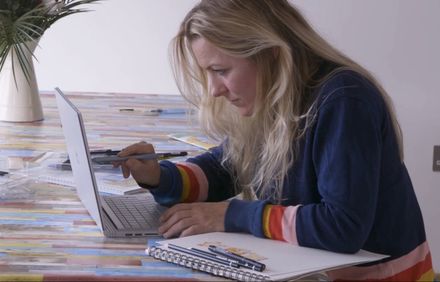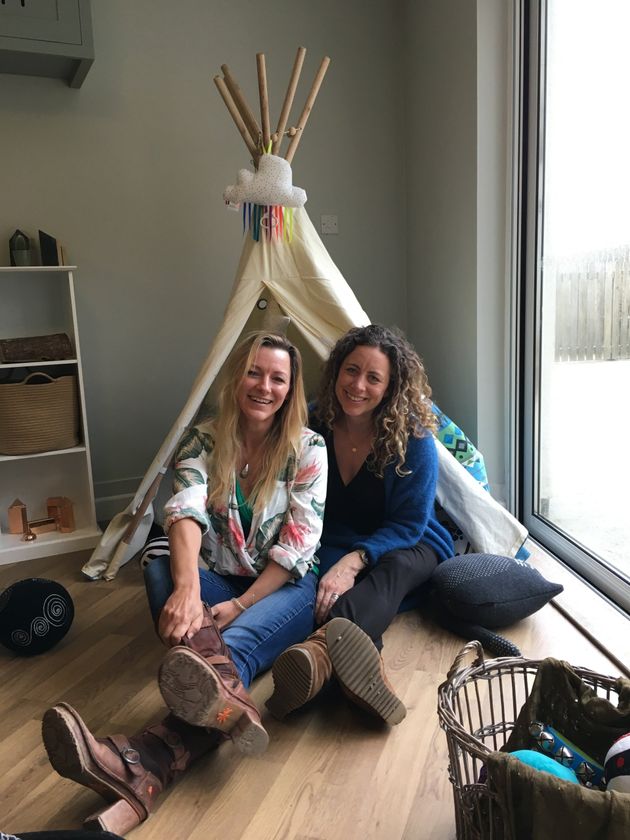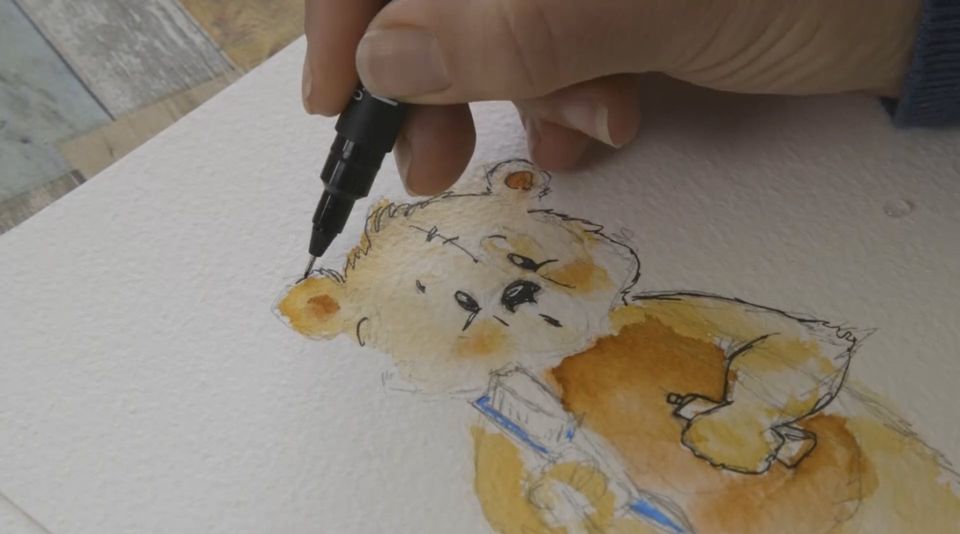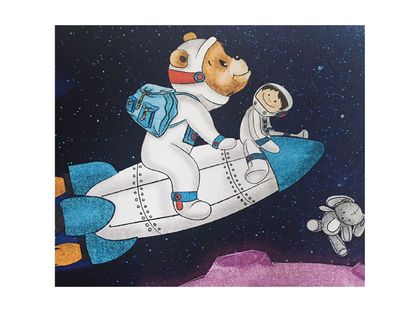Illustrated Living - A chat with Rachel Millson-Hill: the illustrator who puts the ‘art’ in Bartley Bear
Parenting Through Stories • 1 March 2020
Picture the scene…
A university lecture hall. Tiered seating. Rows and rows of business students, some even suited and booted, pens poised to take down the next nugget of macroeconomic theory.
The door flies open. Its bang - like a stone thrown in a pond - ripples through the space. The girl who hustles in creates a similar effect.
She’s not overly late, so that’s not the reason a hundred pairs of eyes fall on her.
The pencil tucked through her blond-hair is maybe a little quirky in comparison to her class-mates’ more corporate look. And the green woollen jumper - which is more holes than wool - is definitely a conversation starter: over-sized on most, on her petite frame it falls below her knees.
But in truth, it’s the purple paint-splattered trousers that really raise the collective eyebrows.
Meet our illustrator, Rachel Millson-Hill. A daub of brightness in a sea of grey.
Easel does it
Fast forward a couple of decades and a couple of kids and, happily, her degree in business is used only to facilitate the design company she now runs in Cornwall. Electing for easel over briefcase, Rachel’s design skills are called upon world-wide and her illustrations for Parenting Through Stories have given Bartley form, fur and his sense of fun.
Before the power of the story can be switched on by a parent’s voice, or the warmth of the reading experience fill a child with security and comfort , the book is selected.
The reading pair settle and the first page is turned.
It’s not actually the words in a children’s book which make the first connection to them - not least because a child requires an adult to decode them…it’s the images which must pull them in.
And Rachel’s do so with the warmth of the fuzzy hug we’d expect from Bartley Bear.
Firm Friends
Perhaps the reason the relationship between words and images in these books is so harmonious is because the people behind each aspect - Sarah and Rachel respectively - have a comparably close relationship. As with so many facets of PTS, their work on this project was preceded by their friendship.
“I have known Sarah since our oldest boys started school together at the age of five,” explains Rachel. “They became firm friends and so did we. When Sarah approached me about illustrating her books I was very excited. With two children of my own, the books struck a real chord and I couldn’t stop ideas popping into my head. I began to draw the characters on my tablet straight after our meeting.”
Tabula Rasa
This impetus to create has been a marker of Rachel’s passions since she could grab a crayon.
“Anything and everything was my canvas. I would create paint out of mud, nail varnish, food...you name it. It must have been very frustrating for my parents! We had an old farmhouse on the Yorkshire moors that my parents were renovating and I turned the crumbling walls into my own giant canvas! My family are either made up of artists or scientists, so it came as no surprise to my parents that I followed an artistic route.”
Cornwall’s rich artistic heritage makes it a natural artist enclave. After her degree in Loughborough, Rachel crossed the Tamar and has never looked back.
She exhibited paintings in galleries around the South West and as technology progressed, so did she - into the digital design world. She’s fashioned ranges of clothing, packaging and logos, however, she describes creating this picture book as a whole new adventure.
“The challenge for me was putting the books together into a printable format,” she explains. “I’m a graphic designer as well as an illustrator, so I had to think logically as to how the book would come together and be print-ready. For example, fitting the text around the illustrations so they had equal importance on the page and creating the spaces and designs for the flaps, which required me to think three dimensionally. The books have to be easy to read and visually stimulating, so logic and creativity both have to interplay, equally.”
The Big Draw
One of the reasons Bartley’s Books are so fantastic to read is that - much like plate-spinning parents! - they operate on many levels, simultaneously: gorgeous rhyme, lovely story, parent and child time and a powerful psychological impact as they embed the PACE approach. And, of course, the lift-the-flap designs within the page revealing Nudge’s questions and interactions (more on Nudge, next week).
What’s clever about Rachel’s drawings is that they too work on many levels.
We’ve noted our young test readers being enamoured with the space theme in ‘Please Stay Here, I Want You Near’, but Rachel has developed the symbolic importance of this motif. She explains further:
“My favourite page has to be the final one of Bartley in his dreams flying off in a space rocket. I love the dark space background against the bright colours of the rocket and Bartley. I feel it really stands out and symbolises a ‘take off’ into a new chapter in his life.”
She admits her favourite character is Bartley -“I’ve spent so much time with him that I feel I know him and his cheeky personality!”
“Although,” she says, “‘Doug’, his astronaut friend, is also great fun to draw. Even though he has to have the same facial expression, (being a toy), his rag-doll body can be illustrated to mirror how Bartley is feeling. I enjoyed adding these dimensions to the pages.”
It’s not just the words that work hard in Bartley’s Books - the illustrations more than pull their weight: conveying character, story and emotion in an engaging and sensitive way.
Picture Perfect
So, what are Rachel’s recommendations for fab picture books to read with kids (aside from Bartley, of course)?
“We all love Oliver Jeffers,” she enthuses. “The kids’ fave book is ‘The Way Back Home’. I especially love his expressive illustrations of the crayons in ‘The Day the Crayons Quit’: he’s very talented and very funny.
Another personal favourite is Chris Haughton who writes and illustrates 'Sshh' and 'Oh no George’, amongst others. The illustrations are simple, bright and really effective…the stories operate with very few words, so the pictures drive the story.”
Heart, Art and Bart
When you think of your favourite children’s books, I’m sure the thoughts conjured will be a powerful concoction of heart-warming stories, resonant lines and striking images.
Whether a poisonous wart on the end of a nose coupled with Axel Scheffler’s signature cartoon style, or perhaps a snozzcumber and Quentin Blake’s iconic line-drawings, the symbiotic relationship between text and image in children’s literature gives picture books their heart-beat…it brings them them to life.
Rachel’s art is at the heart of Bartley: she animated Sarah’s imagination. And in doing so, fired up our own.
…
We’re also pretty animated by the love and the talent in the partnership between Sarah and Rachel. Often creativity is seen as a lone pursuit, but the Parenting Through Stories project has become a testament to the power of the collective and the importance of team-work. And we need you to become part of the collaboration.
Our Crowdfunder to publish these books and celebrate the power of stories launches in less than two weeks…can you help us with the next chapter?
Follow the count-down to the launch on our social channels to find out how.
Until next week…Becks.
@rebeccaritsonwrites
www.rebeccaritson.com
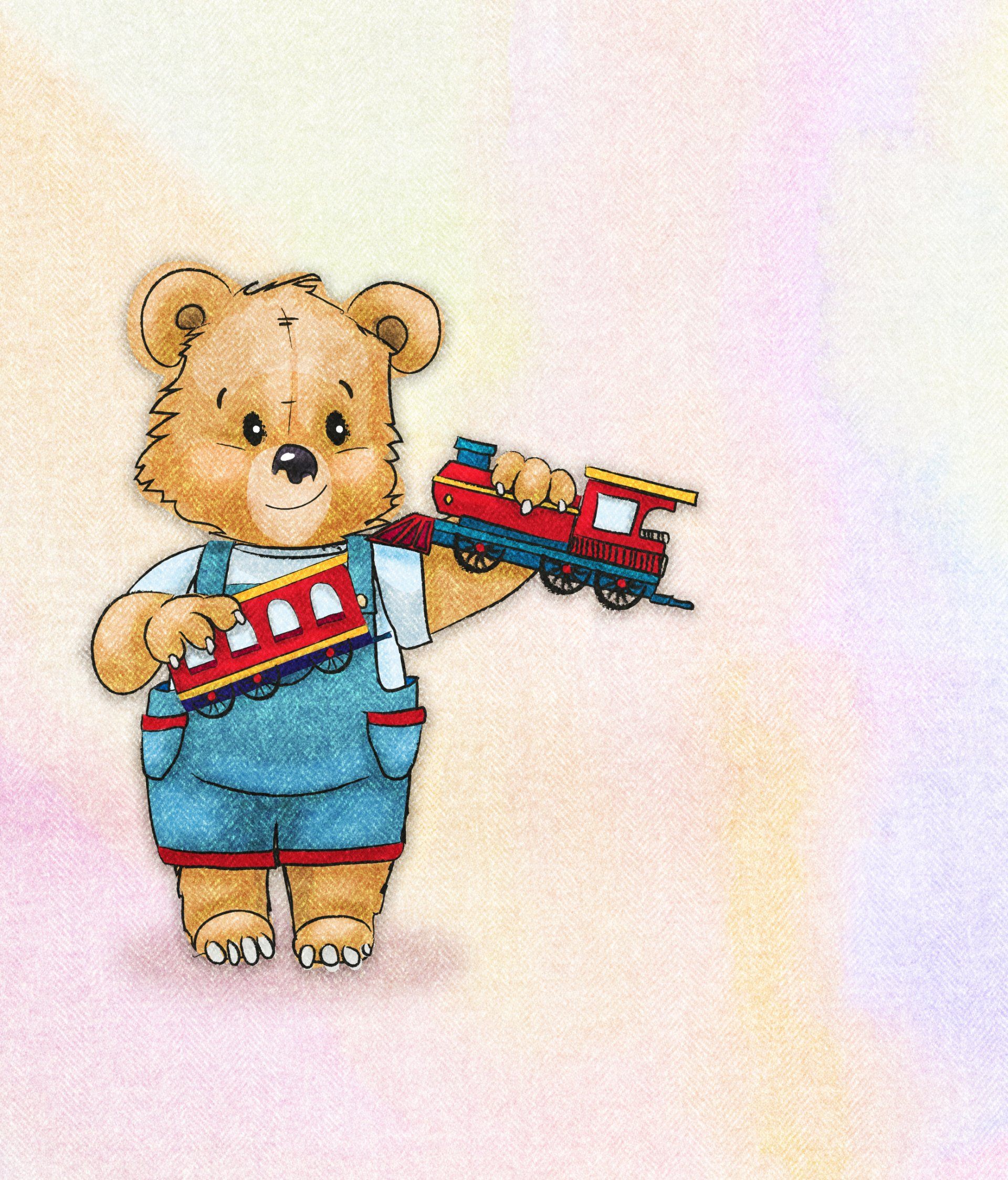
Little children can be so confusing (and confused!). Sometimes it’s hard to know what they need from you - a three-year-old demands that she wants her cheese in a big piece one day and then cries because it’s not cut up the next. She wants you to hold her hand to go to the toilet in the morning, but later gets cross when you try to do the same. We’ve all been there, faced with the - sometimes baffling - behaviours of the small humans that surround us, wondering how to respond to their inconsistent requests. Perhaps it’s reassuring to realise that these seemingly random behaviours are actually quite natural - stages through which each child progresses. In a bid to help you support your growing pre-schoolers more effectively, this blog talks about some of the things (there are many!) happening inside their heads and how you can support them with what’s going on. What’s Happening Inside a Three-Year-Old’s Brain?
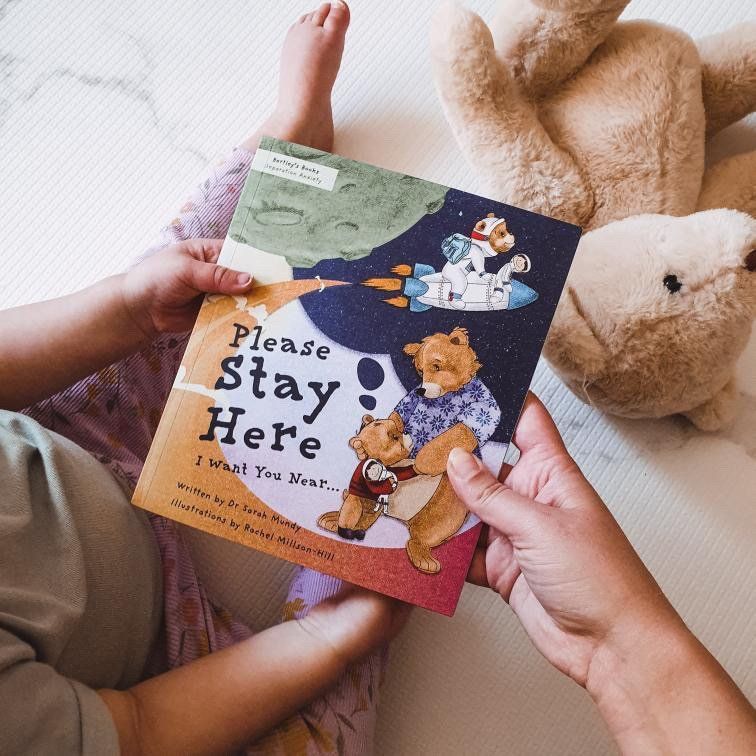
What was your favourite story when you were growing up? Was it a traditional fairy tale like Cinderella? Was it a popular picture book like The Very Hungry Caterpillar or The Gruffalo? Or was it a great adventure story like CS Lewis’ Narnia series or JK Rowling’s Harry Potter? Mine was Dogger by Shirley Hughes. Funny that the first book I wrote was about separation anxiety! For many of us, sharing and reading books was an important part of childhood, even more so before the advent of distracting screens and 24/7 streaming. I have fond memories of curling up in bed, half asleep, as my mum or dad read to me complete with silly voices and giggles aplenty. It's not just books though - you can make your own stories up too. I tell my little one a story about “Grizzly Bear with the Curly Hair” every night. It’s evolved to be a lovely family tradition, with my older children sometimes coming to join in. This is a wonderful way to stimulate both mine and my children’s imagination and what I most love about it is how the narrative is co-constructed – I am no longer allowed to be the sole story-teller, my son has to be part of it too! A 2018 research study found that nowadays only 30% of parents read to their children daily and I can’t help feeling that’s a bit sad. Especially given the many benefits of sharing story time go far beyond pure entertainment.
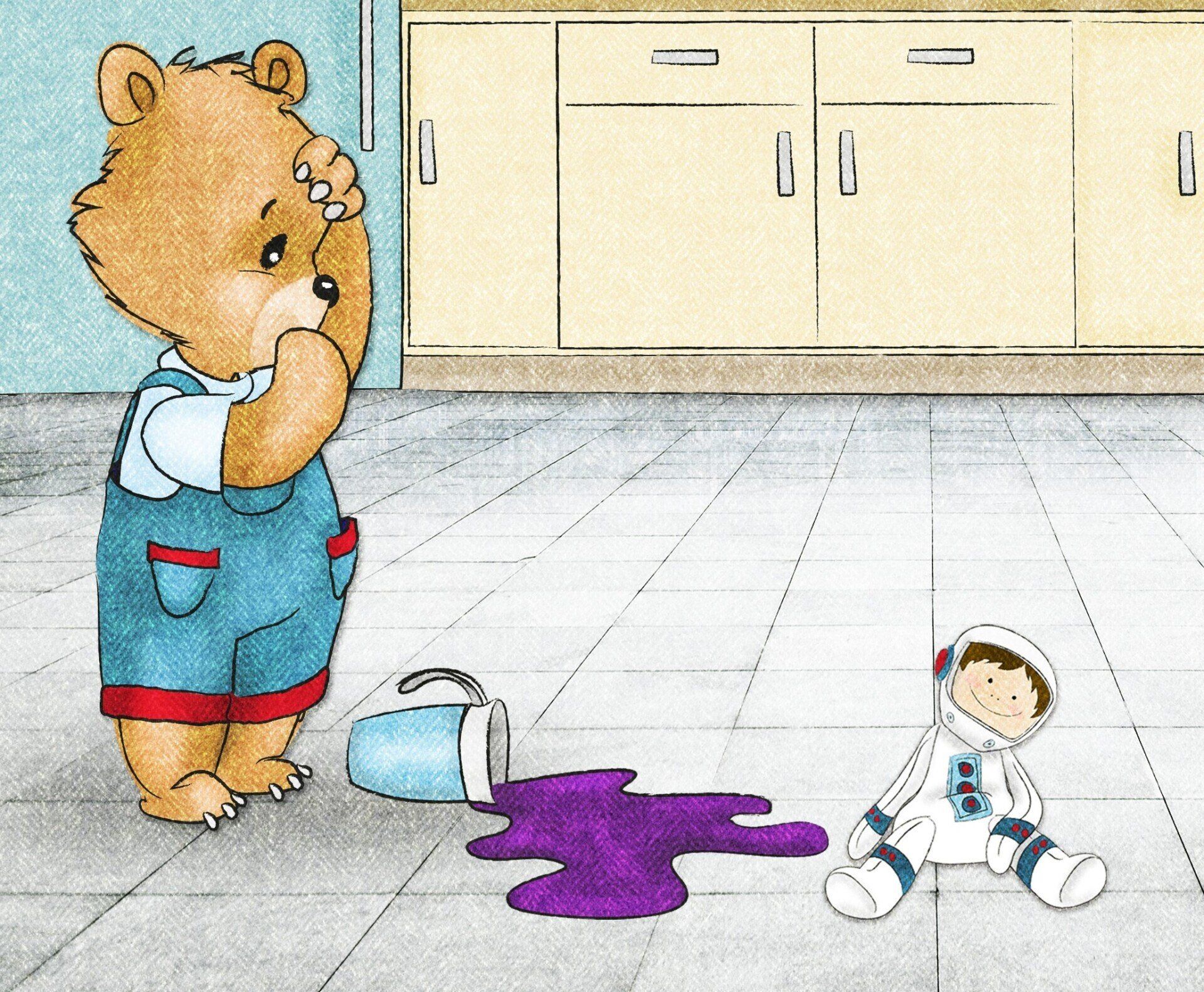
I thought I’d do a post on guilt and shame, feelings which are often used interchangeably but, from my understanding are pretty different. A quick whizz through some child development When we are little, particularly when we start testing the boundaries during toddlerhood, parents need to intervene to keep children safe. For those of you with little ones the word “NO” probably comes out more than you would like it to! This is a normal part of development – children exploring without an understanding of risks, and needing adult involvement to know when to stop. When a child is asked to stop doing something, which was most probably led by curiosity (can I touch that hot thing in the fire place?!), they are likely to experience shame. It’s not a nice feeling but is quickly regulated when a parent explains their motive and repairs the rupture in the relationship. “I’m sorry that I raised my voice, I know you were just exploring but it’s dangerous to touch fires” and so on. This gives the message that the parent is still there for the child and that they are accepted for who they are. The parent is showing them that their behaviour not OK, but that they are. This sort of parenting, when reasonably consistent, leads to a child feeling guilt rather than shame. “Oops, I shouldn’t have done that, how can I make amends?” (obviously not so clearly thought out for little ones but you get the gist). .
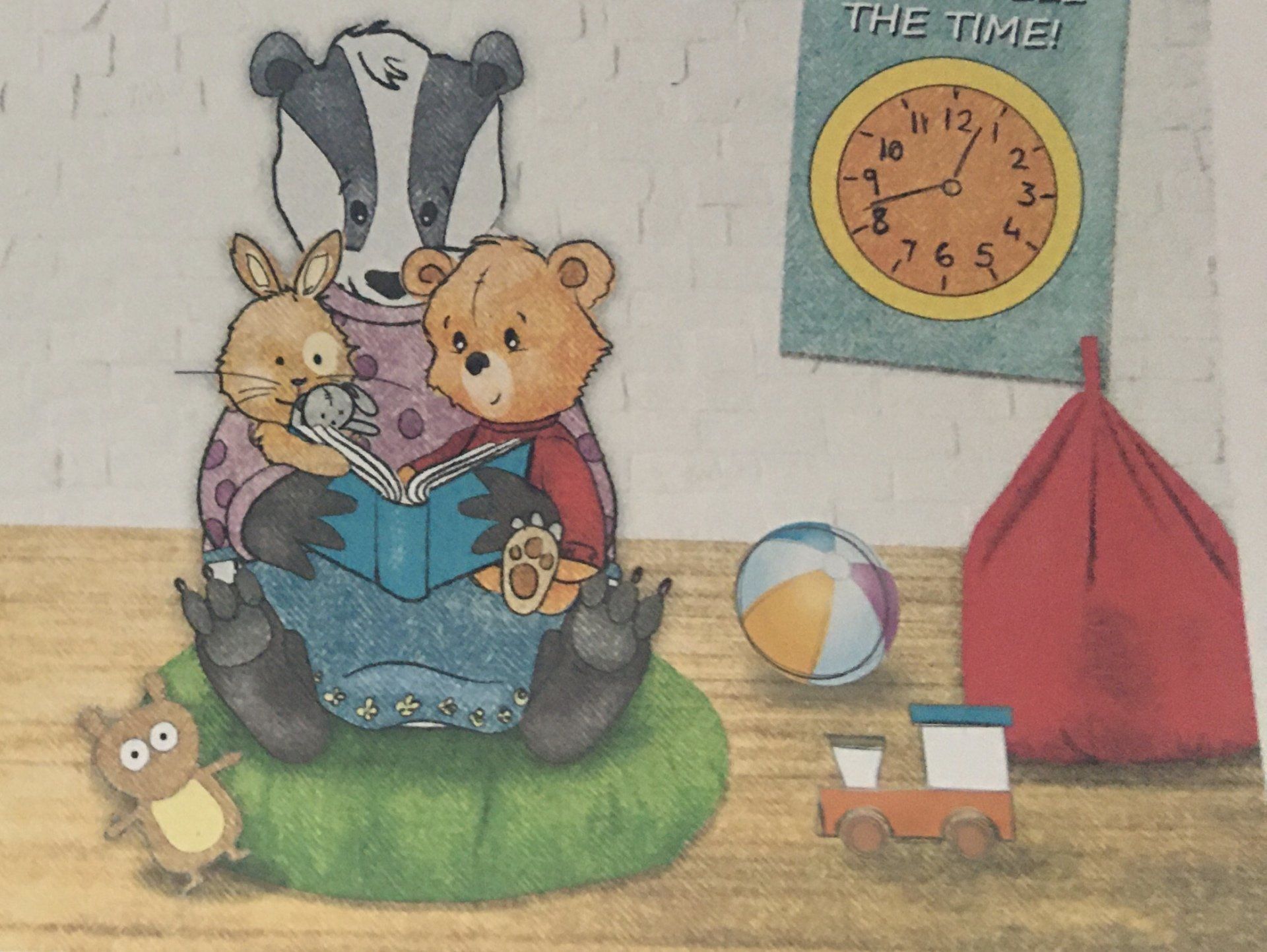
As a newborn, we look to our parents for everything. To feed us, to comfort us and to protect us. If they give us this safety and security, a healthy emotional bond develops. Research shows that this attachment relationship is a crucial building block of a child’s development, helping them to grow socially, emotionally, behaviourally and intellectually. But what happens when children begin to spend time with other caregivers, outside of the home and away from their parents? Do they develop similar relationships with the nursery staff, childminders or pre-school teachers that look after them? And what does this mean for you if you’re working in Early Years?
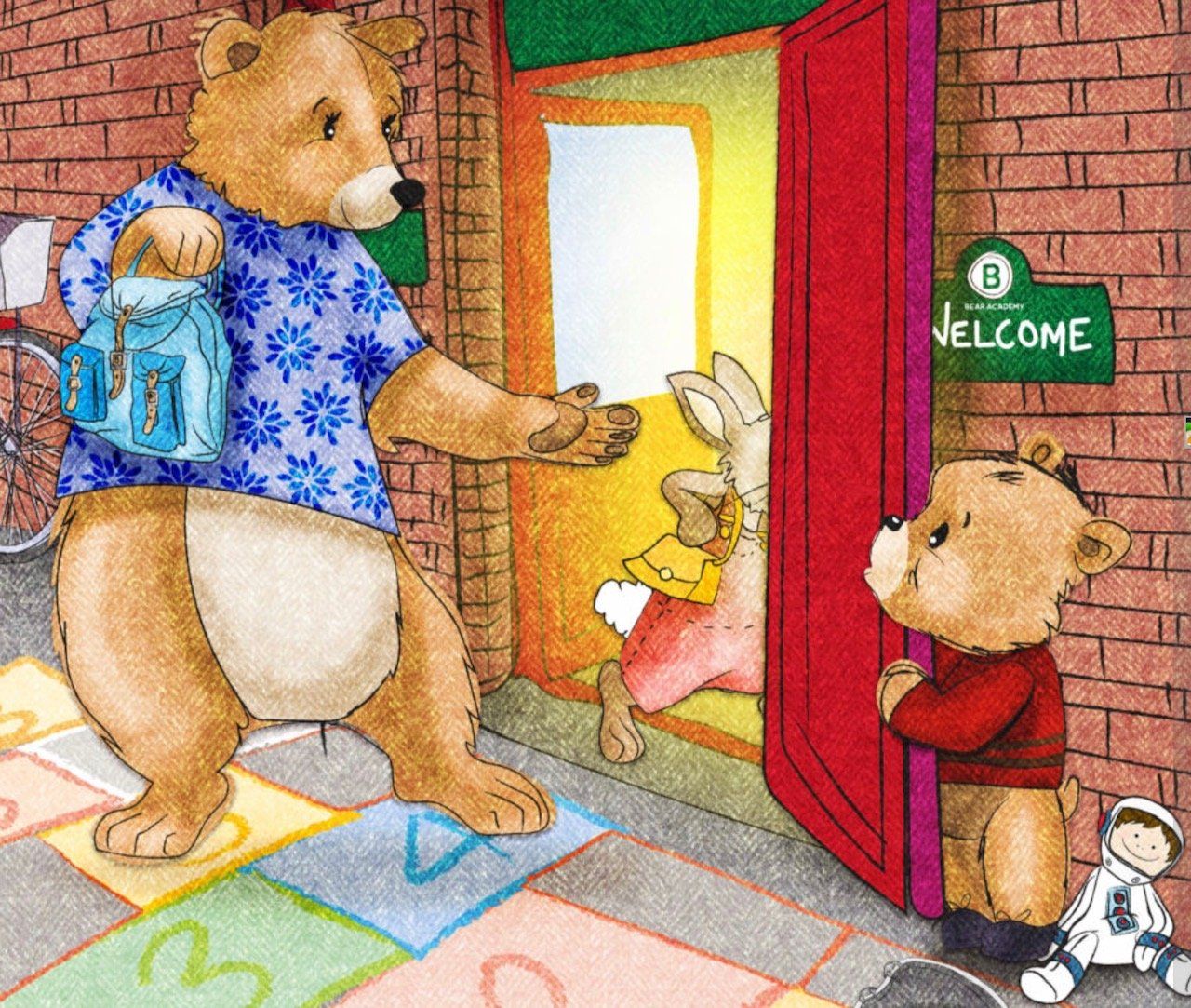
If you work in an early years setting, you’ll be quite familiar with the scene. You’re welcoming the children and getting them settled at the start of the day, checking in with them and showing them what activities you have planned. Suddenly, you hear shouting and crying as a stressed-looking mum tries to detach her small child from her leg. You feel for her, you really do; this child regularly clings to her on arrival - the anxiety is palpable. It’s distressing for everyone involved. For Mum, for the child, for the other children who are already in the room, and not least for you. You know from experience that they will settle down and be OK, but that doesn’t make it any easier in the moment. And you know, too, that poor Mum has headed off to work feeling guilty and upset, so it’s unsurprising when she phones 15 minutes later seeking reassurance from you. These experience are likely to be more pronounced at the moment, with children having fewer, if any, opportunities to practice separating from their parents, with collective anxiety at a huge level and with normal settling in sessions, with parents in the room, being unavailable. What is separation anxiety?
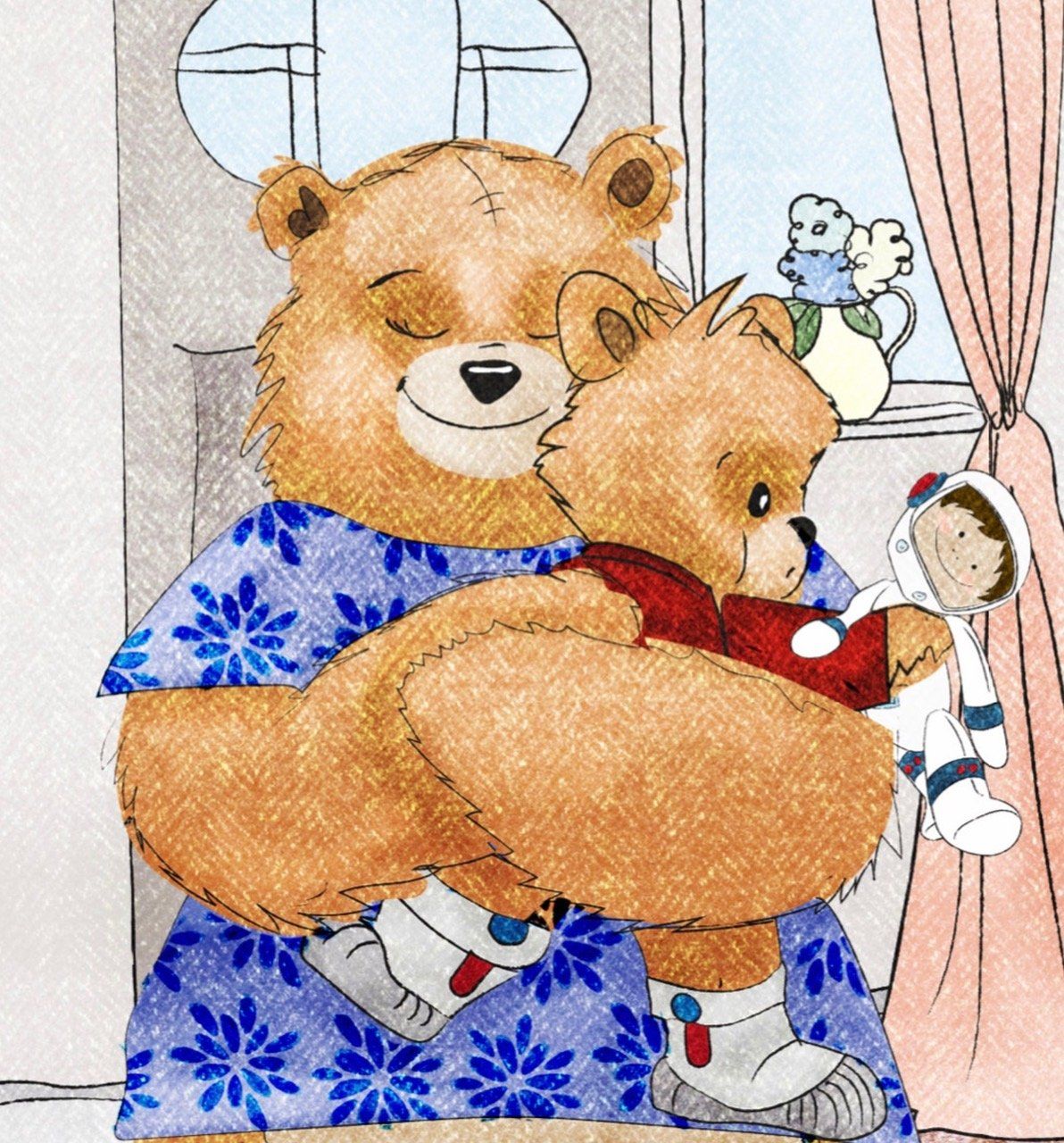
Where do I start? Attachment is a HUGE topic, with decades of research highlighting how important it is to a child’s development. But do you know what an attachment relationship actually is? And why it’s so important? Do you know what helps children develop more secure attachment relationships? With different approaches and a number of terms banded around it can feel so confusing. This blog addresses these questions and focuses upon ways that parents and educational settings can put attachment theory into practice. It is based upon my experience as a Clinical Psychologist. For over 15 years I have been drawing upon attachment theory to inform my work with parents and children. I’ve tried to ensure that my suggestions are user-friendly. As a mum of three I have learnt that theory does not always feel that easy to translate into practice. We can feel pressured to get it right all of the time (apologies to the clients I worked with before having my own children!). The beauty of attachment theory is that we don’t have to be perfect. Just good enough. As with anything scientific there can be a lot of jargon – I have put the key words in italics and tried to write with minimal psychobabble. I do hope you enjoy it! What is attachment (in a nutshell)?
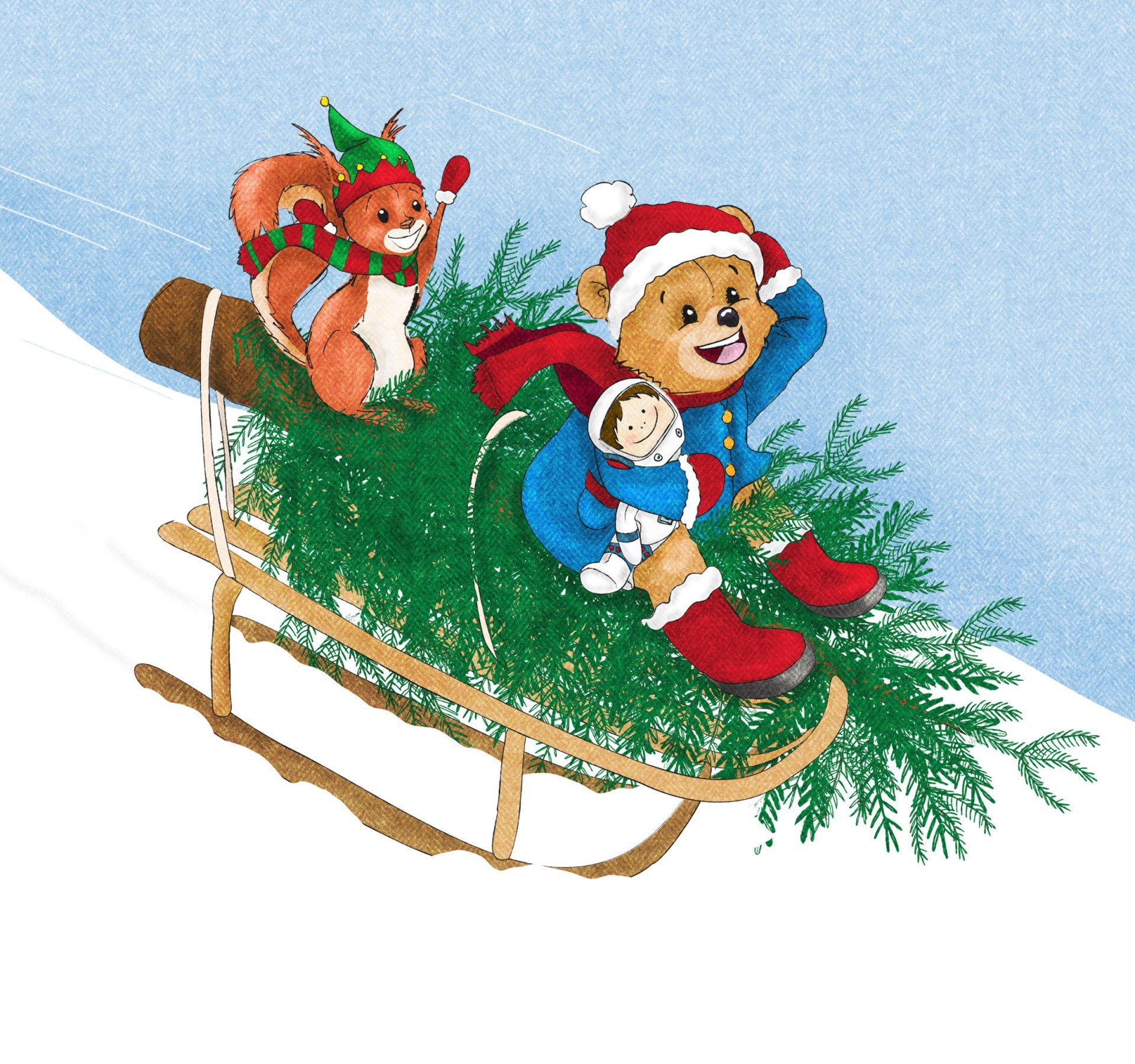
In case you hadn’t noticed, Christmas is coming, and fast! It’s different this year, without nativity plays, big get togethers and light turn-ons. But it’s still happening, as both we, and our children well know! My three-year-old is already telling me that it is “Christmas tomorrow” on a daily basis (to be fair he also thinks it’s still Halloween so he’s not particularly accurate in his understanding of seasonal activities!). He is, however, starting to get excited. He’s remembering the elves escapades from last year, asking when they are coming back (I still haven’t found them in my cluttered house!). Why I added the nightly task of creating funny Elf scenes throughout December to the already huge list of Christmas jobs is beyond me, but at least he likes it! I was also quite proud of last year’s zip wire adventure.
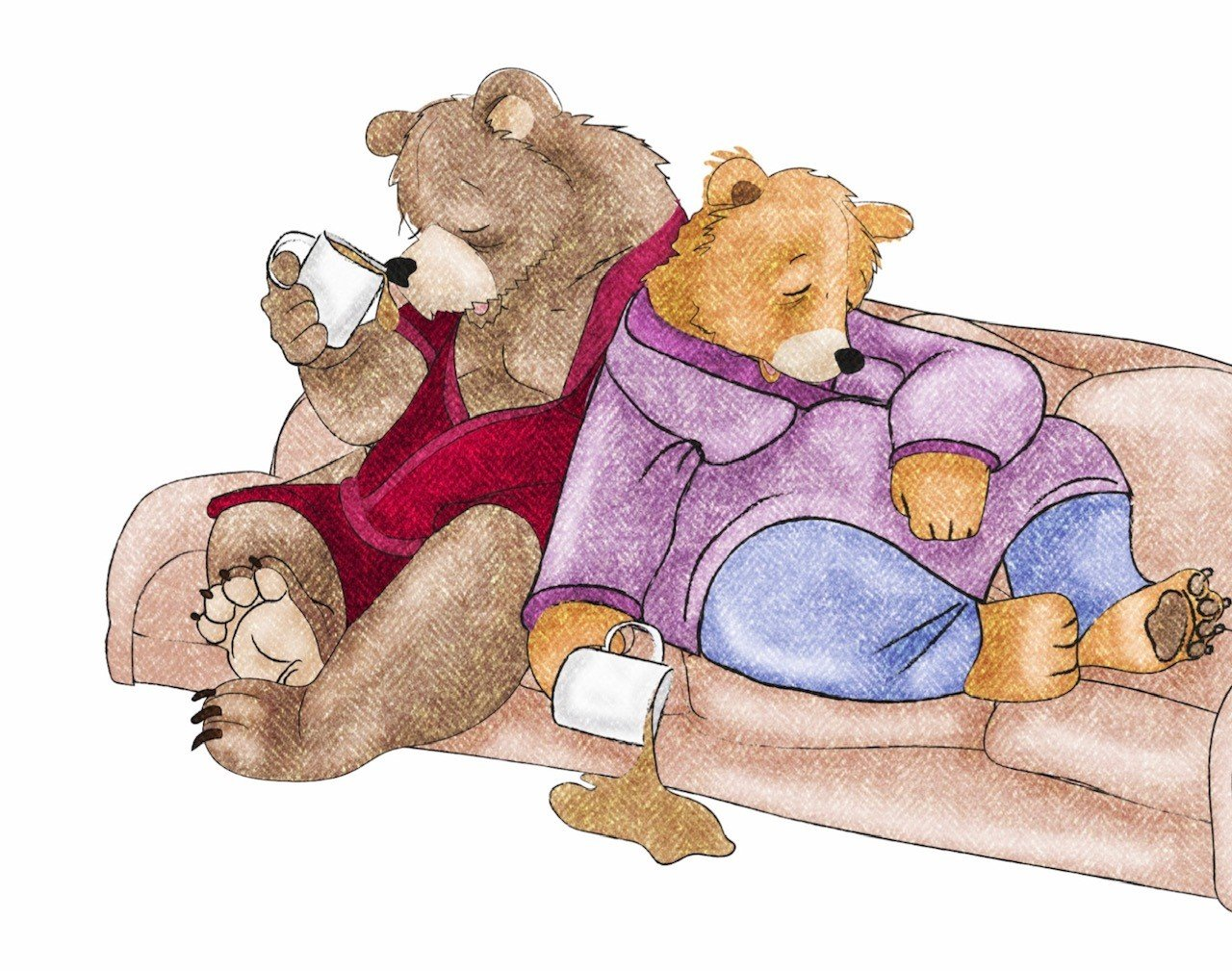
I know the gold standard for writing blogs is to deliver them on a fortnightly basis. I’ve been a bit remiss as this is my first one in months! What a better topic to start with then than why it is OK not to get things right all the time. Perfection is unobtainable, but it does seem to be something that we are pushed to do. The number of posts out there on mum guilt is astonishing. Over the last year we have been expected to juggle life in a way that does not seem possible. Many of us have been coping with (or trying to) being teachers, parents and professionals, three full time jobs all at the same time! This has left me wondering whether it’s actually possible to do anything well enough! And then along comes Christmas (gulp!). I’m hoping that reading this will leave you feeling happier with how you are doing as a parent, that you will realise that buying into the pressure to get it “right” is not helpful, and that you will learn that the attachment research highlights how we don’t need to be perfect to raise happy and healthy children. Children don’t need us all of the time. They need is a parent who knows they are good enough for them, accepts their foibles, makes and owns mistakes, and can manage their own emotional world. Forget Perfection - Strive for Good Enough Parents can feel a great deal of guilt around their work/life balance. Guilt can actually be a helpful emotion, allowing you to reflect on what is, and isn’t working. However, when you have little control over the things you want to change, it can feel overwhelming. The first thing you need to remember is that you are doing your best, and that is good enough. Interestingly, an article in the Economist reported that we spend twice as much time with our children as parents did 50 years ago (The Economist, November 27th 2017), suggesting that we are already much more active in our parenting than we used to be. “Good enough” is key to parenting. Research into attachment, which is important to children’s development, highlights how we should strive to be good enough, not perfect. A recent study on infant attachment found that parents need to be “in tune” with their babies about 50% of the time in order to develop secure attachment relationships (Woodhouse et al., 2019). So, if you’re getting it right about half the time, you’re onto something! Quality of Time is Far More Important than Quantity
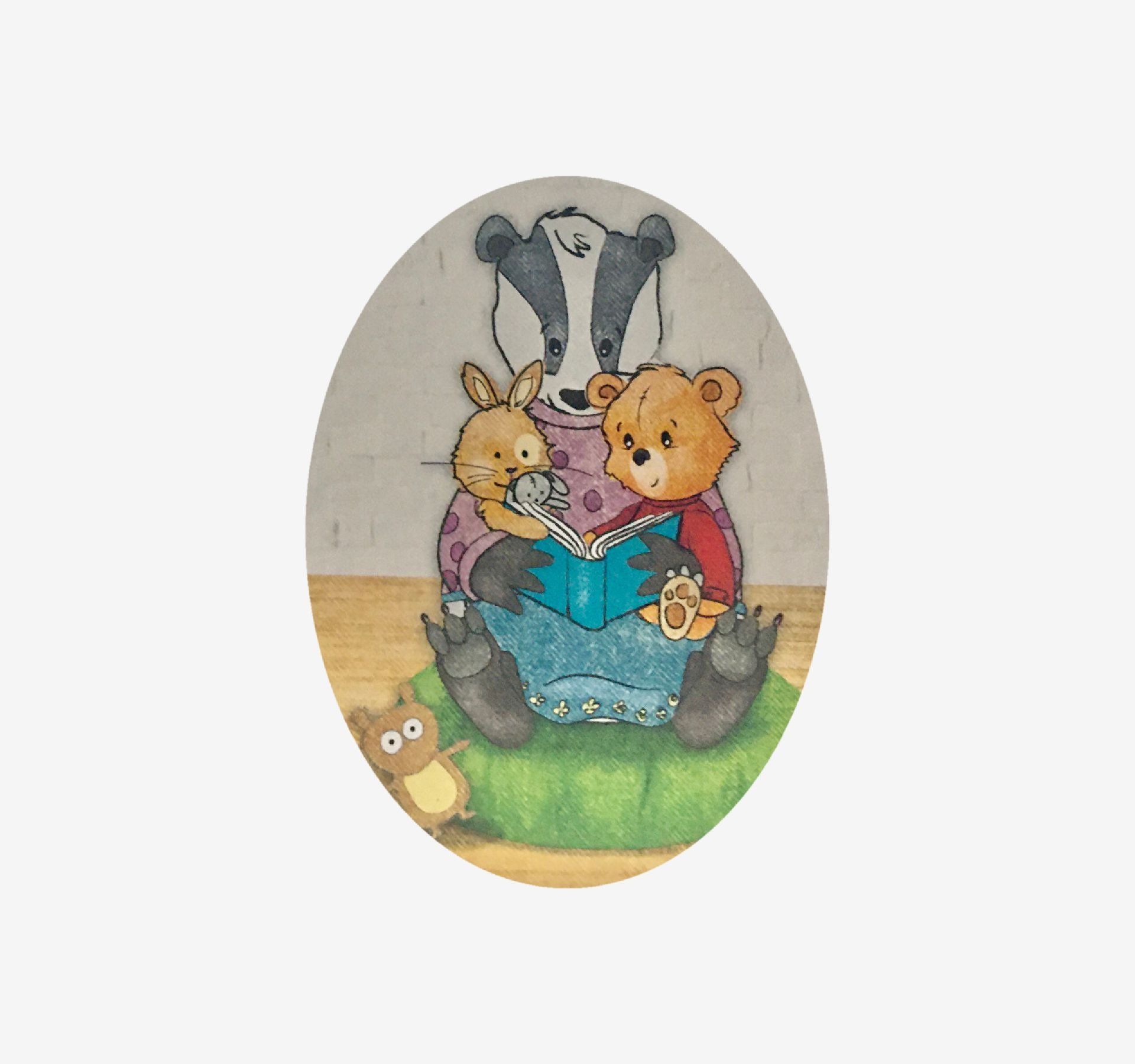
Well what a year it has been. Not one that any of us could have imagined or would have hoped for. All over the world we are having to adapt to the threat of Covid-19 and uncertainty about the future. Children have had prolonged periods away from education and, although some of them are back, this can be on and off as and when Covid-19 dictates. Helping children cope with these changes is key for the education sector if we are to support them to re-engage in learning. As a Clinical Psychologist I have been working with schools as well as children and families over this difficult period. I wrote this blog to summarise some of the ways educational professionals can support children through the increased anxiety they are likely to be feeling. Anxiety and Covid-19 A global pandemic is not good for anyone’s emotional wellbeing and is having an impact upon us all. Whilst we are all in very different situations, it is far from what any of us are used to and children will be noticing these changes. They are likely to be seeing more worried adults, hearing more stressful news and having little, if any, time with friends. Children have had to contend with new rules, a change in routine, a lack of control and a loss of relationships. Like us, they feel safe when things are predictable – something which has been absent for many months now.
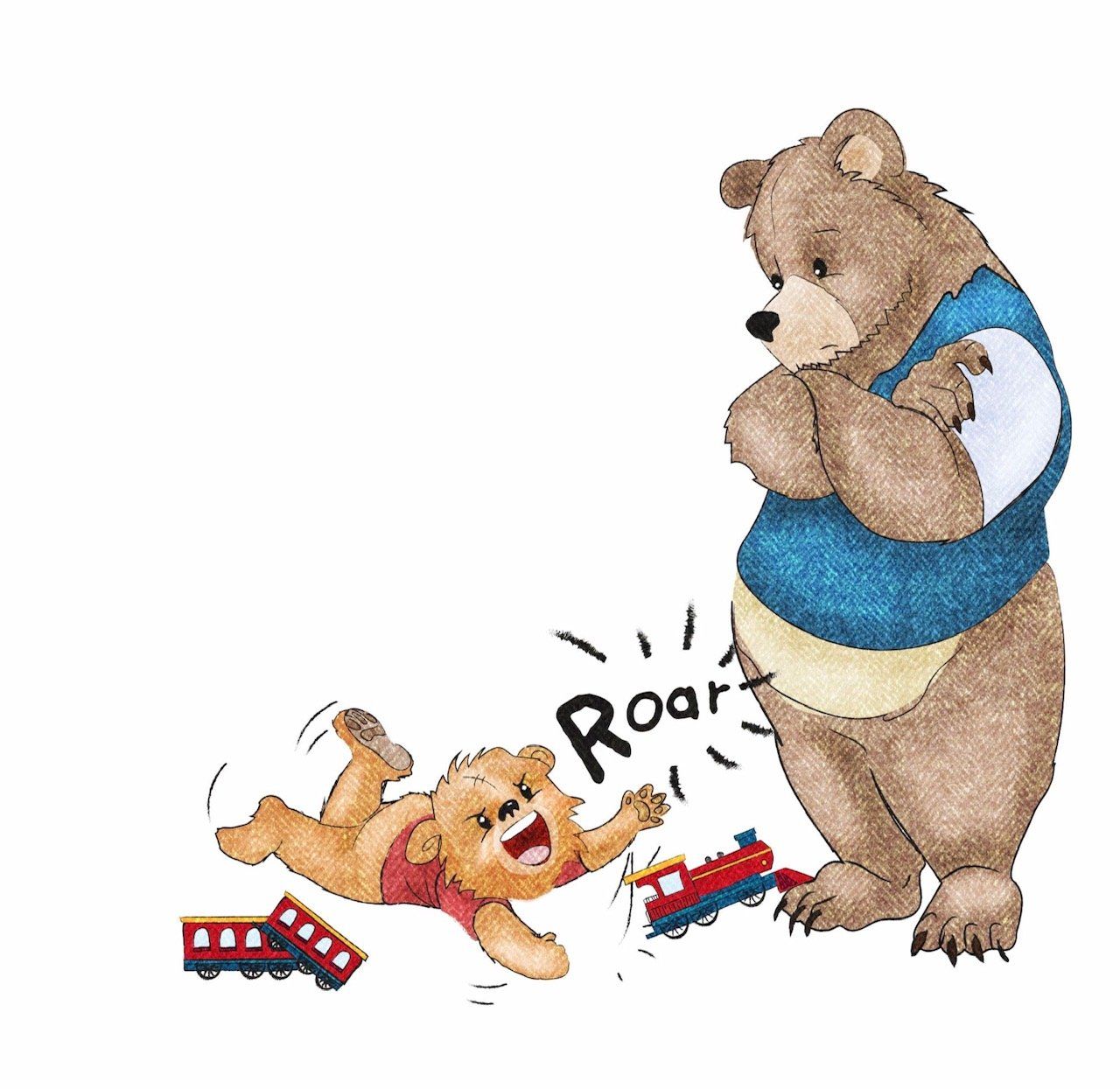
We can't always live in harmony with our little ones, sometimes our agendas feel miles apart. For me most of the ruptures come early in the morning, when my little one is pulling my nightie up saying "milk" and I am saying "sleep". My parenting powers aren't at their best at 5:30 and I often become cross (yup, I tell him to stop being annoying and to let me sleep). So, when this happens it really is my responsibility to repair the rupture. The behaviour really is annoying, but it's not helpful for him to hear that he's annoying when all he wants is a drink! In a previous post I talked about the importance of repairing your relationship with your little one after a rupture - here are some of the ways to do it. Establish safety in your relationship . When children feel safe and supported they will still do things that challenge you! However, the more secure they feel with you the less likely they are to feel that you are angry at them, or think they are bad, and instead may be able to learn that you will love them no matter what. This bodes well for those times that you are not on the same page and are needing to put in the boundaries. Remain accountable in your words, feelings and choices. When I am finding my partner frustrating it is not always his fault (but don't tell him that!). It's often when I am tired and busy and he is not getting what I need. We both need to take responsibility for finding a way forward, communicating well, acknowledging our feelings and being clear about what we need. Little ones don't quite have the skills for this yet and it is our job to model them how we manage ruptures. So do try to think about whether you would have responded differently were you not so knackered, consider what their behaviour was communicating (there's always a reason!) and try to be clear in how you discuss what happened. We do need to help little ones learn but it's also very helpful if they can see what part we played. For example, after I have calmed down from being woken at 5:30 I apologise to my little one for being cross. I tell him that sleep is important and that it makes me grumpy if he wakes me up early. I also try to think more broadly about what would have helped - for example, making sure he was well fed and watered before bed and getting myself into a better routine. What is important is that he hears I am not blaming him for being hungry and waking up at the time his body clock is set to wake! Know what to say (or not to say) and when to talk (or not talk) If you are anything like me you might want to have the last word, or show that you are right. Particularly in the moment! Whilst it would be more helpful if I did not feel the need to do this, especially with my pre-schooler, I do know it's a trait of mine. It's important to learn to read what is going on - is it really the time to engage in a battle with them when everyone is exhausted? Think about what purpose it will serve (probably make you feel more distant). It's OK to revisit at a later time. When you are talking to your child about tricky times, try to be curious, talk about unhelpful behaviours, explain how you understood what happened (what feelings were driving their behaviour), talk about your part in the rupture, apologise and say what you could have done differently. What a great model for children to see parents showing they understand, are interested in what's going on and make mistakes themselves. So much more healthy than punishing - remember discipline is about teaching, not making children feel bad or naughty.

